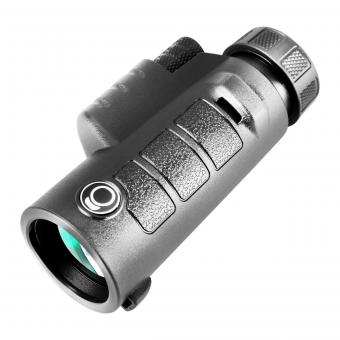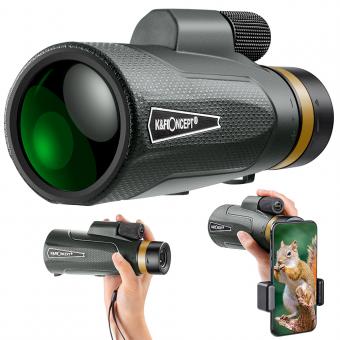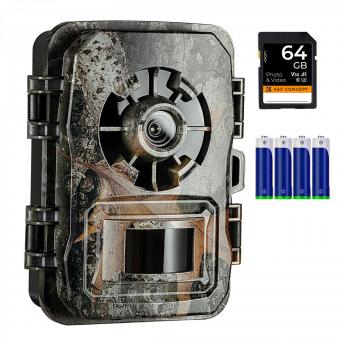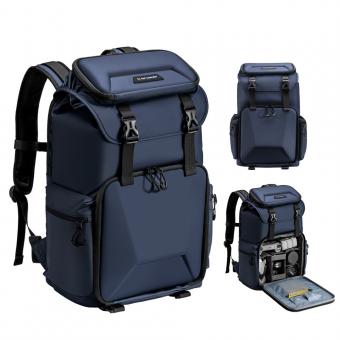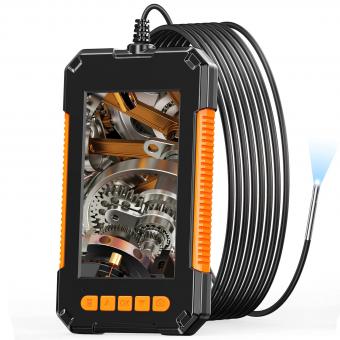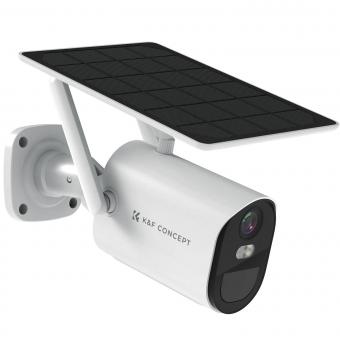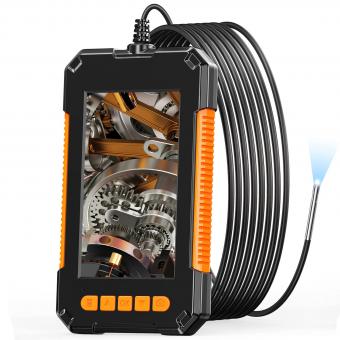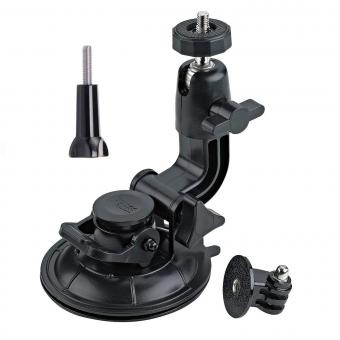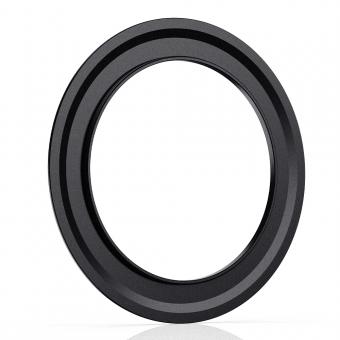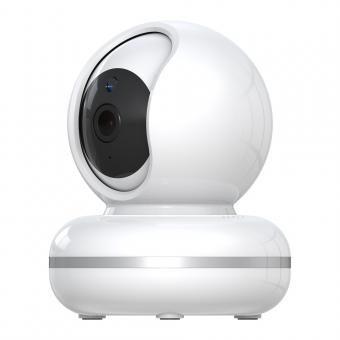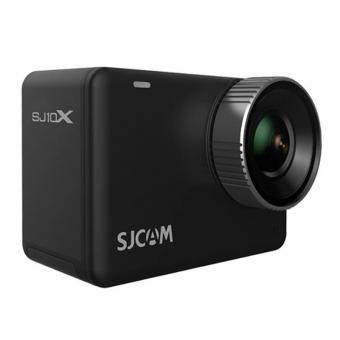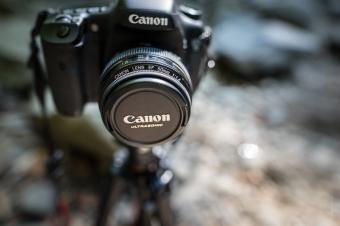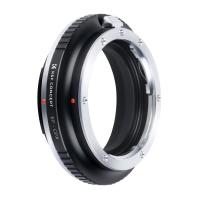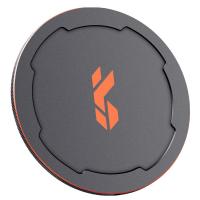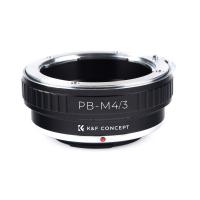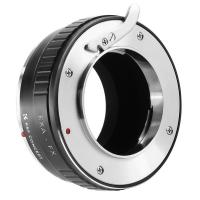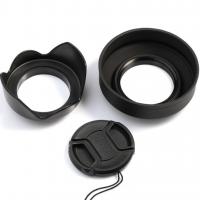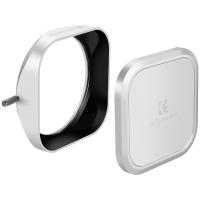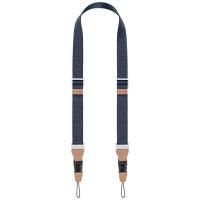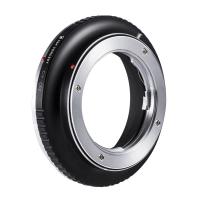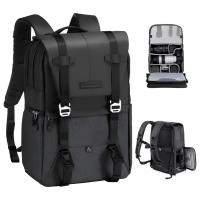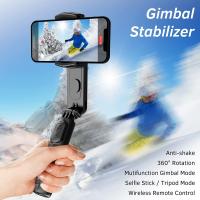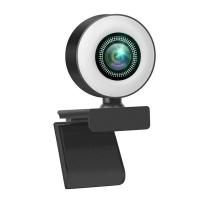What Is Monocular Camera?
As technology rapidly evolves, our understanding and utilization of various imaging systems have grown considerably. One such system that often stays within the shadows of its more popular counterparts like stereo or multi-camera systems is the monocular camera. Despite this, the monocular camera plays an invaluable role in numerous applications across various fields. In this detailed piece, we shall delve into what a monocular camera is, explore its applications, advantages, limitations, and unique aspects that distinguish it from other imaging systems.
Understanding Monocular Cameras
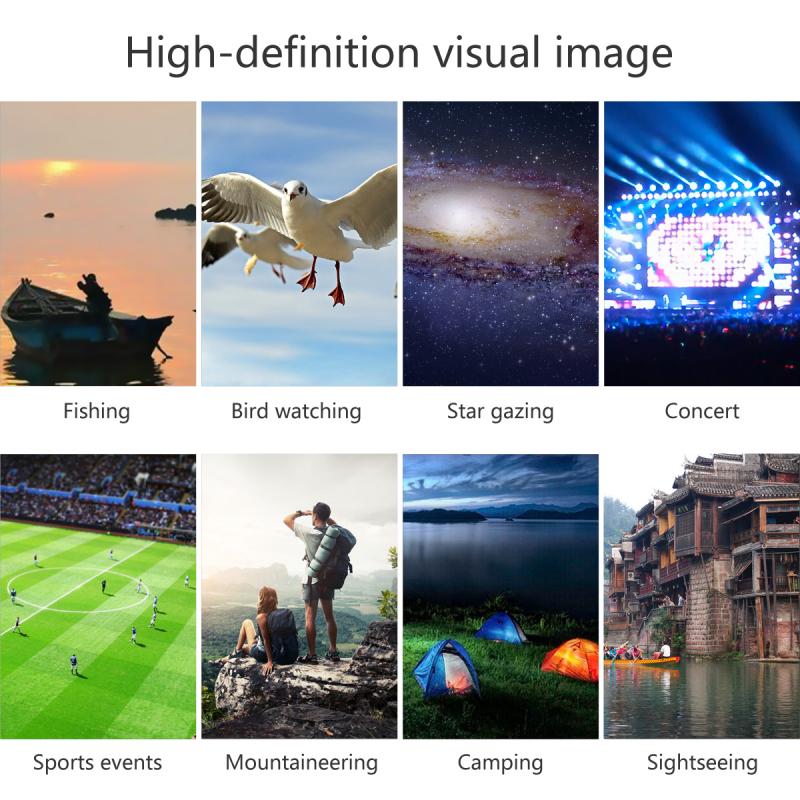
A monocular camera refers to an imaging system with just one camera lens. Unlike binocular or stereo camera systems that use two lenses to mimic human depth perception, monocular cameras rely on a single lens to capture visual data. This might sound limiting at first, given the absence of direct depth information, but monocular cameras pack a punch in various scenarios, primarily through sophisticated algorithms and computational techniques.
Core Principles and Functionality
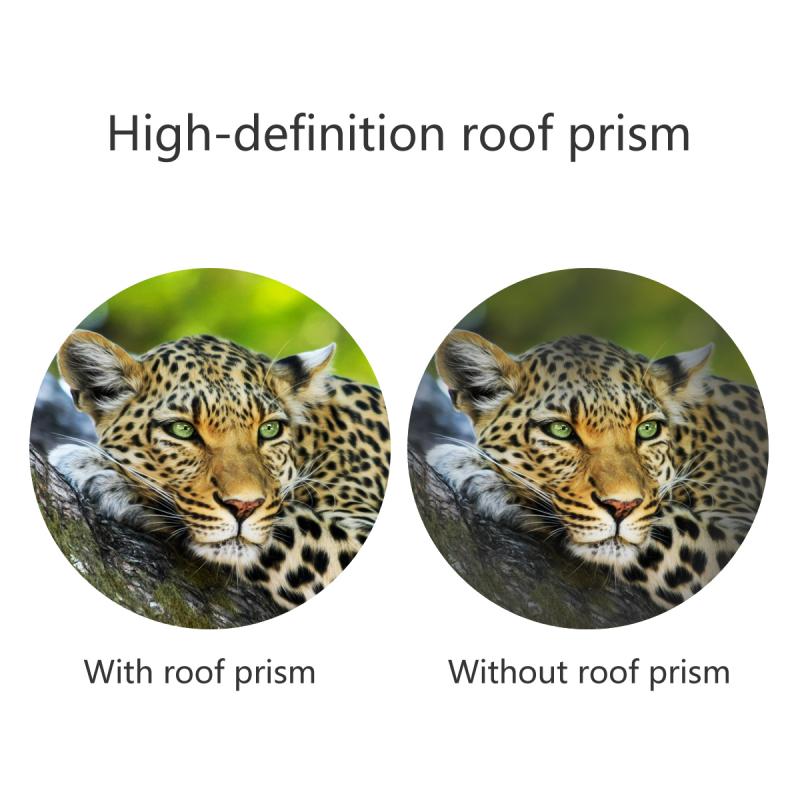
Monocular cameras capture a two-dimensional projection of the three-dimensional world. While they inherently lack depth perception, machine learning and computer vision algorithms can infer depth and three-dimensional structures from a series of monocular images. These algorithms analyze aspects like shadows, texture gradient, motion parallax, and optical flow to estimate depth information from the two-dimensional scenes captured.
Key Applications of Monocular Cameras
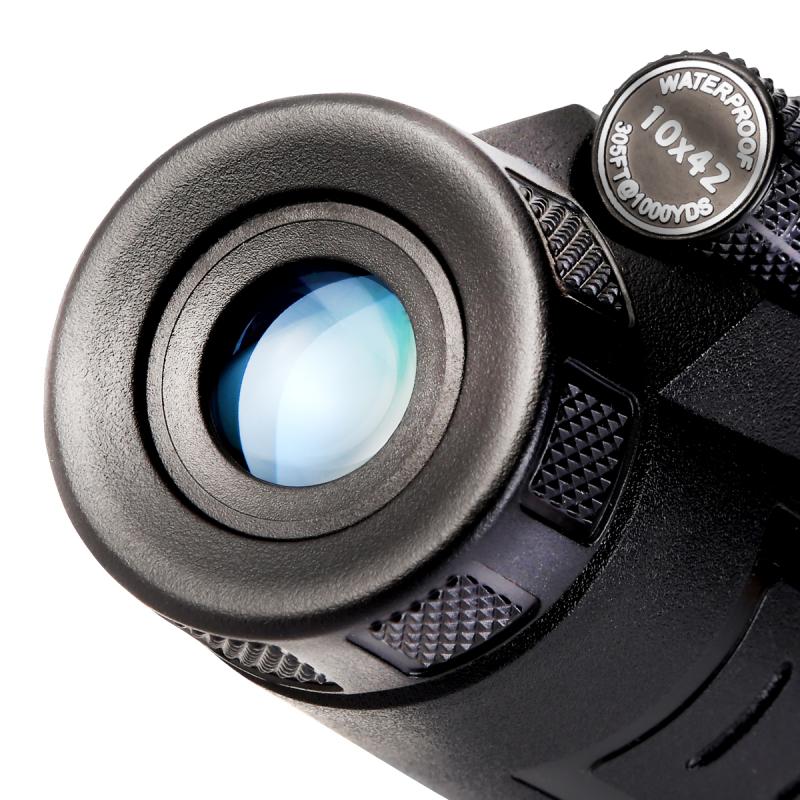
1. Autonomous Vehicles
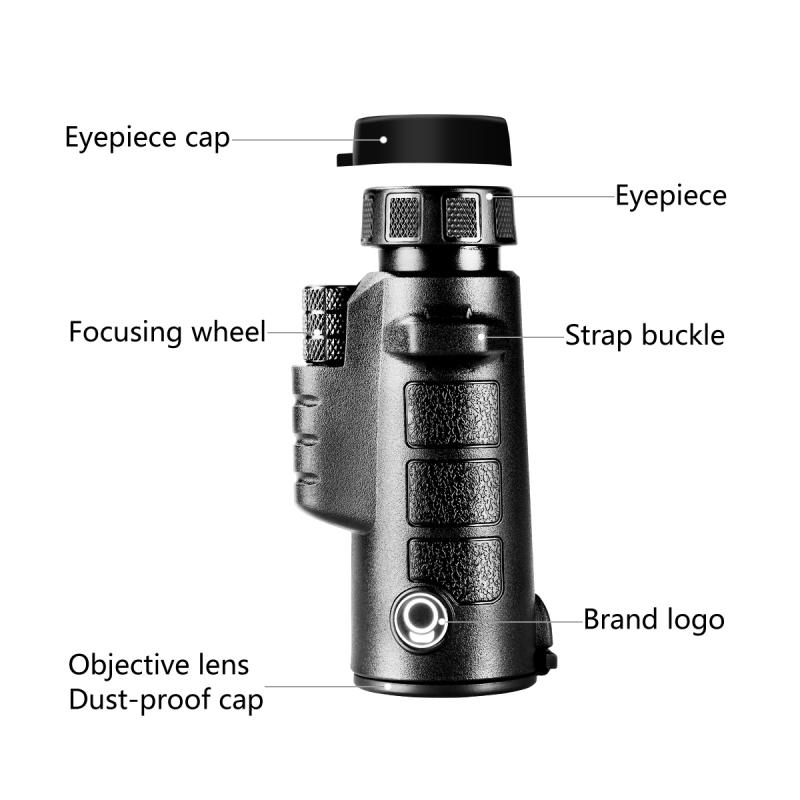
Autonomous vehicles depend heavily on their ability to perceive and interpret their surroundings accurately. While LiDAR and stereo cameras are common, monocular cameras are also proving to be incredibly useful in this domain. They serve as affordable options for detecting lanes, reading traffic signs, and identifying objects. Paired with advanced algorithms, monocular cameras can estimate the distance to obstacles, ensuring safer navigation.
2. Robotics
Monocular cameras are extensively used in robotics for tasks that involve path planning, object detection, and environment mapping. They are particularly advantageous in scenarios where weight and cost are critical factors, such as in small drones or mobile robots. Additionally, using machine vision capabilities, robots can perform complex tasks like picking and placing items by interpreting monocular images.
3. Augmented Reality (AR)
In augmented reality applications, monocular cameras are crucial for tracking and understanding the environment where virtual objects need to be placed. They help in identifying surfaces and estimating the plane geometries where the AR content can be adequately placed for an immersive user experience.
4. Medical Imaging
Medical imaging, particularly in endoscopy, benefits from monocular cameras to provide visual access to otherwise inaccessible areas within the human body. Since endoscopes are designed to be minimally invasive, the compactness of monocular cameras is ideal. Advanced algorithms assist in reconstructing three-dimensional images from the two-dimensional data captured by these cameras, improving diagnostic capabilities.
5. Surveillance and Security
Monocular cameras are extensively used in surveillance systems for monitoring and security purposes. Their ability to offer high-resolution images while maintaining a compact design makes them ideal for installation in various environments. Whether in banks, public spaces, or residential properties, monocular cameras help in preventing and investigating crimes by providing detailed visual documentation.
Advantages of Monocular Cameras
Cost-Effectiveness:
Since a monocular camera uses only one lens, it is generally more affordable than stereo or multi-camera setups. This makes it a cost-effective solution for many applications, especially in cases where budget constraints are a significant consideration.
Compact Design:
Monocular cameras are typically smaller and lighter than their multi-lens counterparts. This compactness makes them suitable for integration into devices with restrictive space requirements, such as drones, mobile robots, and wearable technology.
Simpler Integration:
With just one camera to manage, the integration process becomes significantly easier. This simplicity translates to reduced computational power needed for processing the captured images, making monocular cameras ideal for applications where computational resources are limited.
Low Power Consumption:
Monocular cameras often consume less power compared to systems with multiple cameras or sensors like LiDAR, making them more energy-efficient. This aspect is particularly beneficial for battery-powered devices.
Limitations of Monocular Cameras
Lack of Direct Depth Perception:
The most apparent limitation of monocular cameras is their inability to capture depth information directly. While algorithms can estimate depth, the accuracy and reliability of these estimates can vary, particularly in complex environments.
Environmental Sensitivity:
Factors such as lighting conditions, shadows, and occlusions can significantly affect the performance of monocular cameras. They might struggle to provide reliable data in low-light or highly dynamic environments.
Computational Overhead:
While monocular cameras themselves require relatively low computational power, the algorithms used to infer depth and context from their images can be computationally intensive. This overhead can pose a challenge, especially for real-time applications.
Depth Estimation Techniques for Monocular Cameras
Given the lack of inherent depth perception, several advanced techniques have been developed to estimate depth from monocular images. Some of these include:
Structure from Motion (SfM):
This technique involves capturing a sequence of images from different viewpoints. By analyzing the camera’s motion relative to the scene, it is possible to triangulate and estimate depth information.
Monocular SLAM:
Simultaneous Localization and Mapping (SLAM) algorithms allow a device to build a map of its environment while tracking its own location. Monocular SLAM utilizes a single camera to achieve this, using visual odometry and keypoint matching to infer depth.
Deep Learning Approaches:
Recent advancements in deep learning have enabled significant improvements in monocular depth estimation. Convolutional Neural Networks (CNNs) and other machine learning models can be trained to predict depth from single images, leveraging large datasets and extensive computational powers.
Monocular cameras stand as a testament to innovation in the realm of imaging technology. Despite their inherent limitations, they offer numerous advantages, making them indispensable in a variety of applications ranging from autonomous vehicles and robotics to medical imaging and security systems. The ongoing advancements in computational photography and machine vision will continue to augment the capabilities of monocular cameras, enabling them to play a critical role in our increasingly technology-driven world. For anyone interested in exploring affordable, compact, and versatile imaging solutions, understanding and leveraging the potential of monocular cameras is undoubtedly worth the effort.


